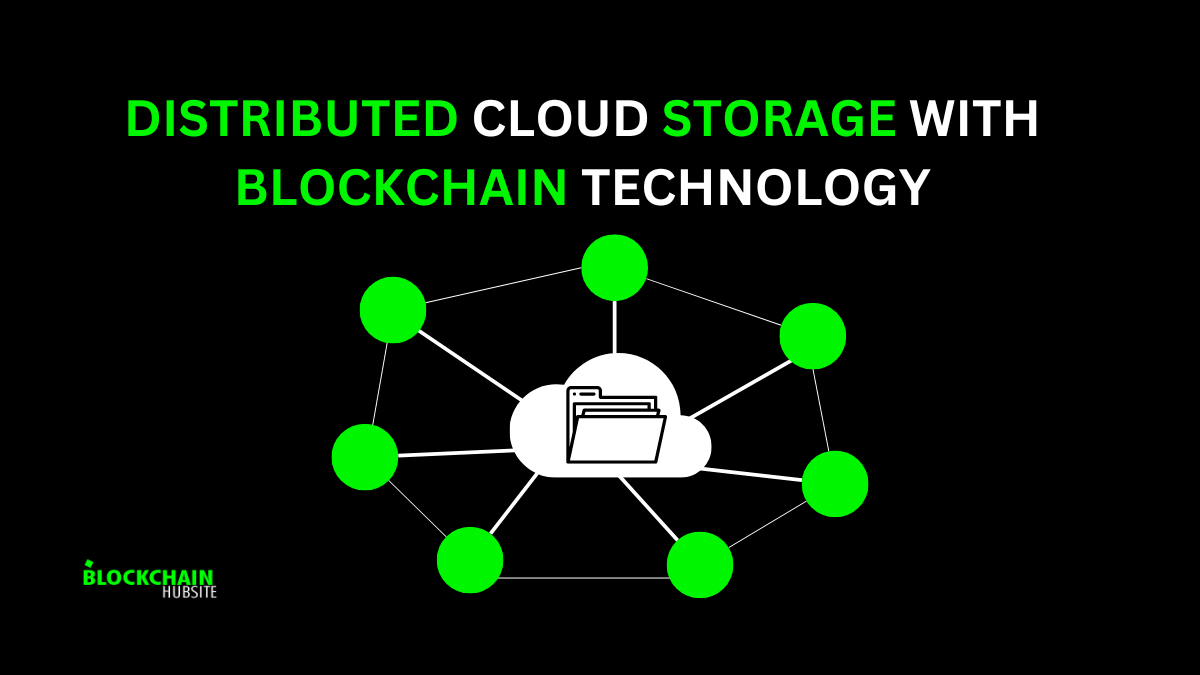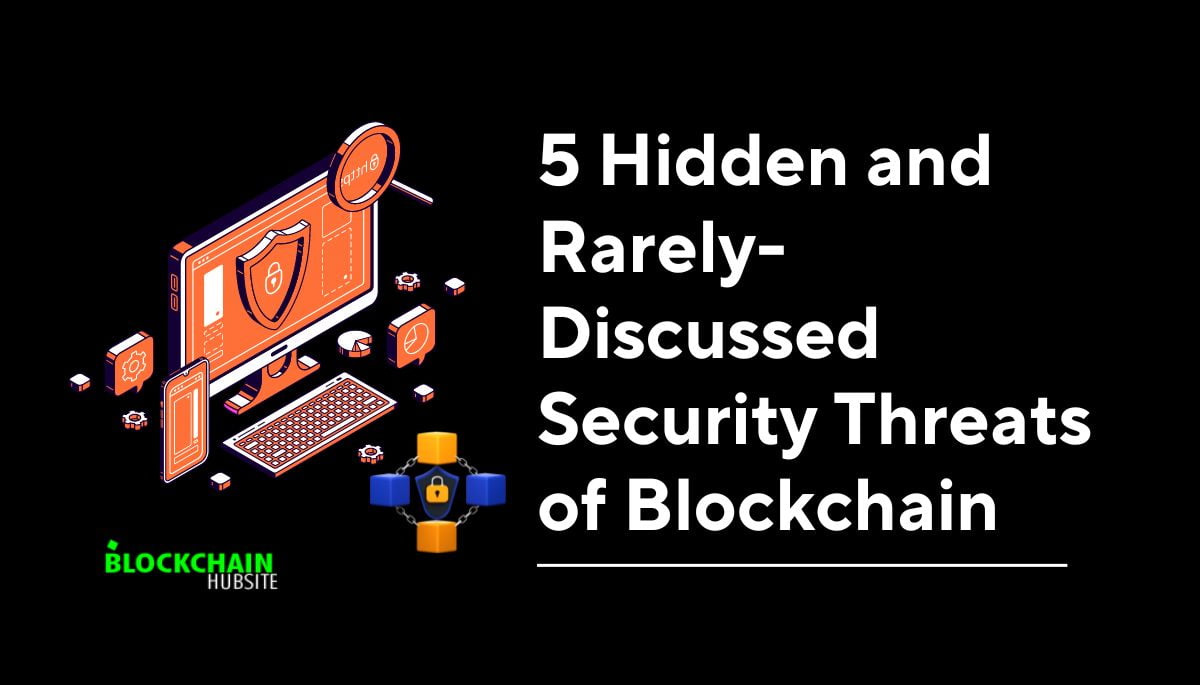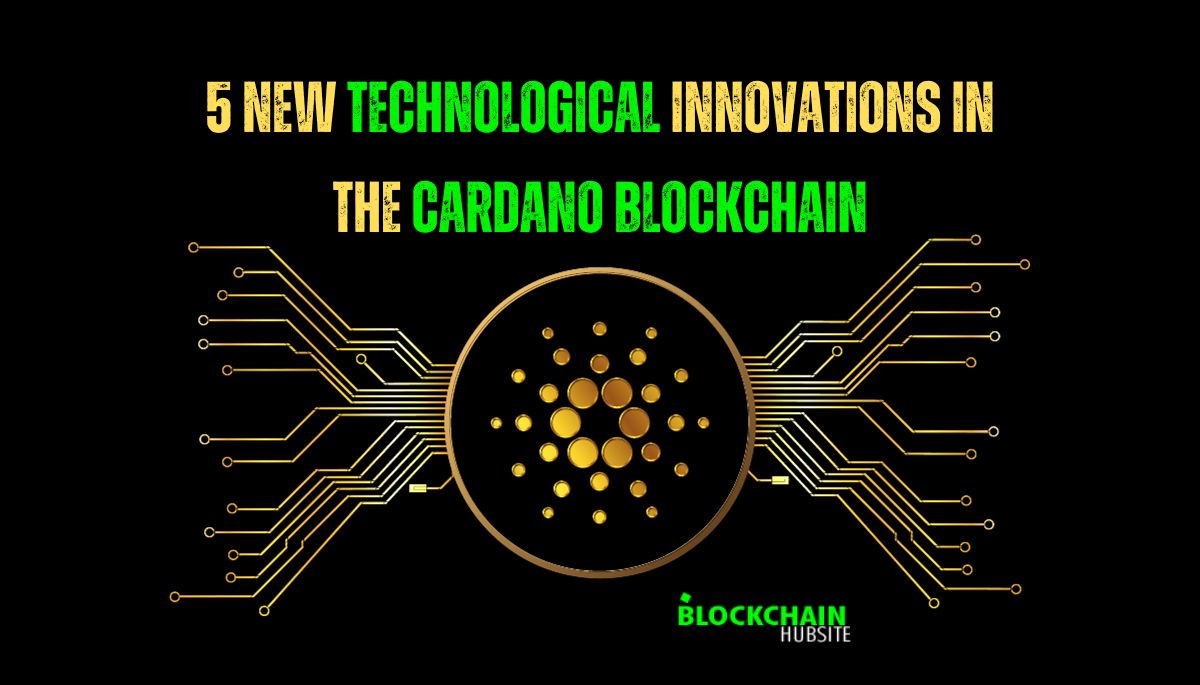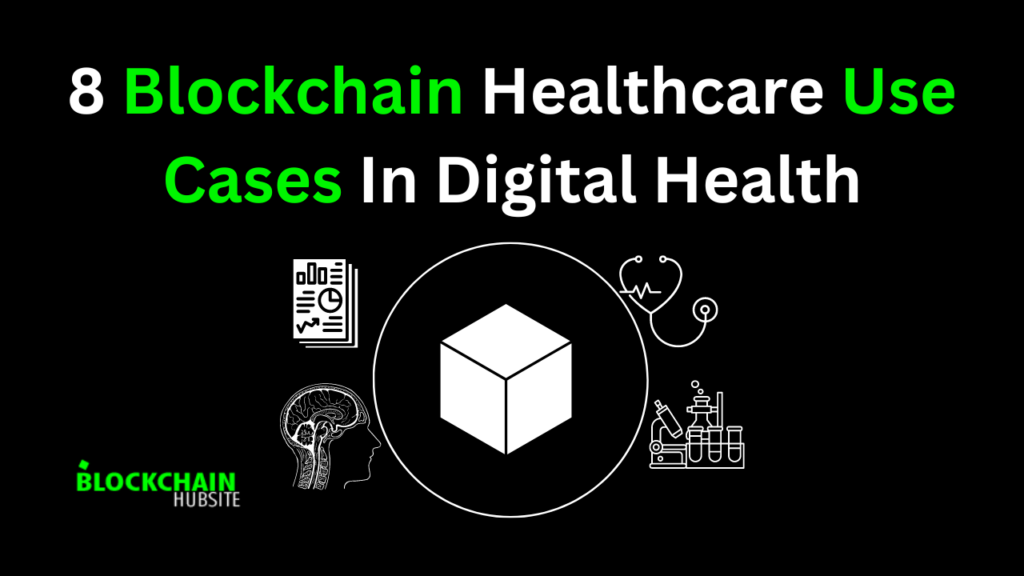
Table of Contents
Introduction
Cloud computing and its amazing advantages have completely transformed the software technology sector. Companies use cloud computing worldwide for various purposes, including disaster recovery, software development, and data backup and storage. Many other industries, including healthcare, automotive, and retail, utilize cloud computing to create cutting-edge solutions. It is not just the IT/software sector that uses the cloud. Cloud computing, on the other hand, has its own set of limitations. Blockchain, a different disruptive technology, is used in this situation.
The Internet has been transformed by blockchain technology. Blocks of data can be distributed across ledgers using this innovative new technology without the need for a central administrative body but with the necessary condition that participants verify the data. This gives the data flexibility and security. When it comes to cloud storage options, blockchain technology has many advantages.
Cloud computing offers high scalability and elasticity, while blockchain technology offers better network security, data privacy, and decentralization. Therefore, when combined, cloud and blockchain have the potential to produce creative solutions, especially with a distributed cloud.
Distributed storage is a software-defined storage solution that allows you to access data whenever, wherever, and with whomever you want. To handle scale and data access in a HA (High Available) environment, distributed storage is a logical volume management system that can recognize and respond to errors and cyberattacks. It consists of data stored on clusters of geographically separated storage nodes, replacing the conventional three-tier design with a distributed file system. The storage system has capabilities for synchronizing and coordinating data among cluster nodes.
What is blockchain storage?

Blockchain storage is a safe and decentralized data storage solution that uses a blockchain-based distributed database network. The data is stored across a network of computers in this storage system, which is designed to safeguard against tampering or alteration of the data by verifying any changes through a consensus mechanism. Blockchain storage frequently stores sensitive data, including financial transactions, identity information, and other data types like digital artwork or documents. The InterPlanetary File System (IPFS) and Storj are two well-known blockchain storage platforms, and some blockchain networks, like Ethereum, provide data storage by employing smart contracts.
How blockchain storage works?
Blockchain technology is based on distributed ledger technology (DLT). The DLT is a decentralized database for information on transactions between different parties. Operations are recorded as blocks in the ledger and filled in the DLT chronologically. A blockchain is made up of blocks that are connected, and each refers to the block before it.
In blockchain storage, data is first broken down into shards or smaller, more manageable chunks that data is then distributed across nodes. The system then locks or encrypts each data shard on the local system to ensure that no one other than the content owner can access the data shard. The blockchain storage system then uses the information from the shards’ data or encryption keys to generate a different hash and an encrypted output string.
The hash is added to the ledger and the shard metadata to connect transactions to the stored shards. The system then duplicates each shard a predetermined number of times to guarantee enough copies to prevent data loss. The replicated shards are then distributed by a peer-to-peer network to geographically dispersed storage nodes owned by individuals known as farmers. Nonetheless, the content owner is the only one who can access the data.
Cloud storage
Cloud storage is a method of storage that allows you to store information on external servers.
The primary benefit of cloud storage is that it enables users to store data online so they may access it from anywhere at any time.
The most basic cloud storage services include Google Drive, Dropbox, and Gmail. We have progressed from handling bundles of physical files to storing most of our data in digital format. Government organizations are also utilizing the benefits of cloud computing and public and private clouds to store, manage, and modify data.
Cloud services are offered per several SLAs, including data integrity and privacy, and all data is encrypted. Many businesses have switched their entire data centres to the cloud. As a result, they benefit from features like elasticity, load balancing, redundancy, availability, and integrity.
Blockchain storage vs. cloud storage
For data security, cloud storage depends heavily on external parties. It offers services based on the models of infrastructure as a service, platform as a service, and software as a service. Blockchain, on the other hand, provides data integrity and safety without the involvement of outside parties.
Furthermore, data saved in the cloud might be either public or private. Data is, however, always made public in the blockchain.
Because blockchain values transparency, no entity can hide data from other users. It allows users on the blockchain to follow the data that moves between different nodes/users.
What Is Blockchain-based Cloud Storage?
Data in Blockchain-based cloud storage is split into several encrypted parts linked together using a hashing function. Each of these secured parts is located in a different decentralized location across the network. Strong security features include transaction ledgers, public/private key encryption, and hashed blocks. It provides trustable and strong security against hackers. Due to the complex 256-bit encryption, not even skilled hackers can decrypt the data. It assures the preservation of sites’ mission-critical data, particularly those for businesses, hospitals, and government agencies.
Let’s look at an unlikely scenario in which some hackers decrypt the data. Even in this case, each time-consuming decryption attempt results in only a small portion of the file being decrypted rather than the entire file. The significant safety provisions demotivate malicious hackers and make hacking a commercially useless pursuit because of the tremendous work required for minor successes (and a very high probability of failures).
Another factor to consider is that the owners’ data is not stored on the node. It aids owners in preserving their privacy. Additionally, there are powerful provisions for load balancing.
Distributed Cloud Storage
In some aspects, distributed cloud storage is similar to standard cloud storage, particularly in the methodologies and hardware it employs. There is, however, a big differentiation. Rather than storing data on a collection of storage devices in a single data centre, distributed cloud storage stores data on geographically dispersed clusters of storage nodes. The storage system has components that synchronize and coordinate data among cluster nodes, considerably simplifying storage implementations and management. Because data is distributed, we can use cloud-based data monitoring technologies to identify, stop, and evaluate cyberattacks.
Shared storage is a popular target for malware infections. Distributed cloud storage’s data governance features greatly help detect signatures, block user sessions and endpoints, forensic analysis, and recovery efforts in the event of an attack.
The “distributed” characteristics of this kind of cloud storage are important because it allows cloud data to be stored close to an organization’s physical location, such as ROBOs (Remote Office & Branch Offices). It creates new opportunities for location-dependent cloud utilization circumstances and may lead to quicker data transfers, less network traffic, and a lower risk of data loss.
How Does Distributed Cloud Storage Work?

To reduce latency, services in a distributed cloud are located or ‘distributed’ to specific locations, and these services have a single, consistent control point across public and private cloud surroundings. According to Gartner, organizations can improve performance by reducing latency and lowering the general risk of outages or control plane inefficiencies. This will also deliver significant performance improvements.
A distributed cloud divides the entire computing stack, not just an application, to the locations where it is required, whether it is a public cloud provider, on-premises, or in a third-party colocation facility. The distributed infrastructure is managed as a whole by the cloud provider from a single control plane, and the consuming cloud customer sees it as a single cloud entity.
The public cloud provider manages all aspects of the distributed infrastructure, including security, availability, updates, and governance. According to Gartner, distributed cloud repairs what hybrid cloud and multi-cloud break.
Distributed Cloud Design Considerations

A distributed cloud model deploys network compute and storage resources as cloud services throughout private and public clouds and at the network edge, all managed by a single control plane.
Here are five key considerations for building a best-in-class infrastructure-enabled distributed cloud.
Ensure the safety and security of people and places inside operations
The resources of one company may even be colocated with those of another with the help of a distributed cloud. The infrastructure designed to support a distributed cloud becomes more complex for operators to manage as more users connect. This has highlighted the need for implementing a heterogeneous approach to security and safety.
To help with the building of a safe and secure data centre infrastructure, top technology partners are creating cutting-edge electrical safety technology. Grounding, bonding, and other electrical solutions, along with intelligent monitoring, access control, and remote hands support options, prevent accidents, enhance physical security, improve individual safety, and increase employee morale and productivity.
Prioritize environmental stewardship
Distributed cloud architectures move energy computation to the edge, decreasing the amount of traffic transmitted to the cloud, improving network efficiency and positively impacting the environment. Distributed cloud architectures promise sustainability, but achieving this goal still calls for more effective ways to use the power and space in data centres.
Infrastructure providers with a sustainability-focused approach provide solutions that boost the density and improve containment. The circular economy is considered when choosing raw materials, manufacturing processes, and packaging materials per design for sustainability principles.
Design for usability and performance at scale

A distributed cloud architecture eliminates the need to send data back to centralized network servers by placing essential processing tasks closer to end users. As a result, services become more responsive and faster. However, this change from a centralized to a distributed model necessitates a new set of networking and infrastructure demands for enabling performance and reducing latency. Operators can provide an improved end-user experience that is dependable, secure, and space-efficient thanks to high-density rack servers, faster top-of-rack switches, and space-efficient cabling infrastructure.
Choose highly available, easily deployable infrastructure solutions
Infrastructure deployment speed is more crucial than ever to meet the rising demand for distributed cloud architectures. However, not all infrastructure solutions—or the companies that offer them—are created equal. Standards-based solutions supported by industry-leading warranties help reliability and dependability, and top providers create deployability and usability features to support this quick evolution of cloud architecture.
Work with partners who have a global presence
Wherever they may be, physical infrastructure collaborators must bring the experience, knowledge, and solution set needed to support cloud operators in their success. Select a partner dedicated to maintaining supply continuity with a global partner ecosystem, extensive manufacturing capabilities, and a global reach. Physical infrastructure is the basis of the cloud and has high availability, ease of deployment, and extended reliability.
Distributed Blockchain Cloud Architecture

The four steps of the proposed model are as follows:
Selection of Resources
Resource selection ensures the system runs efficiently and effectively in a distributed blockchain cloud architecture. The few resources we must choose are computing, storage, networking, and security. Scalability, performance, availability, and security are important when choosing resources.
In a distributed blockchain cloud architecture, we can use various resources from cloud service providers like Amazon Web Services (AWS), Microsoft Azure, and Google Cloud Platform (GCP). The Elastic Compute Cloud (EC2) instances, Elastic Block Store (EBS) storage, Virtual Private Cloud (VPC) networking, and Identity and Access Management (IAM) security services are just a few examples of what AWS has to offer.
Provision Services
Once the resources have been chosen, they must be provisioned to build the infrastructure required for the distributed blockchain cloud architecture. Setting up the necessary resources and combining them into a functional whole is known as provisioning. This can be done manually or automatically using programs like Ansible, Terraform, or CloudFormation.
Various methods of provisioning services are possible depending on the unique demands of the distributed blockchain cloud architecture. For instance, we can use automation tools to provision the nodes and configure them to work together if the architecture calls for the setup of multiple nodes.
Registration of Service
The next step after provisioning the infrastructure is to register the services operating on it. This usually includes registering applications interacting with the blockchain and nodes in the blockchain network in a distributed blockchain cloud architecture.
You can register manually or automatically using programs like Kubernetes, Docker Swarm, or Apache Mesos. These tools can assist in automating service registration and deployment, making managing massively distributed systems simpler.
Payment
Cryptocurrencies like Bitcoin or Ether can be used to pay for services in a distributed blockchain cloud architecture. Smart contracts can be used to automate service payments, ensuring that payments are made when specific criteria are met.
For instance, an automatic payment could be made when a shipment of goods is delivered to the customer in a supply chain management system that uses a distributed blockchain cloud architecture. Once the customer has confirmed that the goods have been delivered, the smart contract can be programmed to release payment to the supplier.
Benefits Of Distributed Cloud Storage With Blockchain

1. Decentralization
Cloud computing has undergone a paradigm shift with the transition from centralized storage servers to decentralized blockchains. This leap will significantly improve the current service offerings and revolutionize the industry.
Pushing computing to the edge is a significant trend. IoT devices can control data and make decisions without consulting a central server, thanks to the decentralized nature of blockchain technology.
Decentralized cloud platforms might make it possible to adopt and use cloud tools from various vendors modularly, allowing their cloud-based programs to function using the best development tools on the market.
2. Lower costs
By using distributed cloud storage with blockchain, a centralized storage system is not necessary, which eliminates the cost of maintaining and upgrading expensive hardware.
3. Transparency
Blockchain technology enhances accountability and transparency by keeping track of all transactions and data changes. By doing so, users can follow and check on their data to ensure it hasn’t been tampered with.
4. Redundancy
By storing data across multiple nodes, distributed cloud storage with blockchain offers redundancy. This ensures that data is available even if one or more nodes fail.
5. Improved Data Security
A single point of security vulnerabilities that is the object of malicious breaches and network problems that can cause a system-wide failure will always be present in centralized services. For instance, The DNS servers of Amazon were down for hours last year due to a distributed denial-of-service (DDoS) attack.
With backup service providers, a decentralized environment can offer more security layers and greater protection. Additionally, on a decentralized platform, service providers could benefit from one another’s services on the same network.
Blockchains for transactions are a secure way to help keep transaction data and regulate transactions. A further layer of security is added by reliable P2P distribution of exact copies of the blockchain over a cloud computing network.
6. Increased Network Resilience
You can keep data in multiple physical locations if you deploy cloud computing solutions globally. A limitation like a natural disaster or calamity is less likely to disrupt the services when the cloud computing network has sufficient cloud storage in numerous locations or continents. The computational load is then transferred to another fully operational network node.
Blockchain technology was created to be a distributed data system. Therefore, when combined with cloud networks, it is an effective tool for increasing geographical diversity and network resilience.
7. Effective Ownership Tracking
By combining blockchain technology with cloud computing, we can effectively track ownership of stocks, real estate, and other legal entities. Hyper ledger blockchain data kept in the cloud can be used to dynamically improve the clearance process through a DTC for stock transfers.
8. Faster Processes
Blockchain can increase transaction processing in multi-party scenarios, allowing faster transactions not restricted by office hours.
Distributed Cloud Use Cases

Automotive industry
The development of self-driving and autonomous vehicles is the most notable example of using distributed clouds in the automotive industry. Such vehicles are designed to capture real-time data, access the traffic situation, process the data, and make quick decisions.
Future cars are anticipated to have AI-powered features like object identification, data analysis, and decision intelligence. They will also be capable of gathering real-time data with the help of 5G. In this situation, utilizing distributed clouds offers a better choice for immediate data transfer and subsequent decision-making.
As an illustration, edge computing and the use of distributed clouds are demonstrated by the projects developed by Tesla.
Healthcare
The ability to instantly process and deliver large amounts of data is also encouraging for the healthcare industry. There are countless use cases for this industry. For instance, healthcare providers can use edge computing and hybrid clouds to monitor patients in hospitals and at home. Many IoT-based apps and appliances are available for tracking particular symptoms and conditions.
Consider the example of medical services and smart home solutions as notable examples of edge computing technology for healthcare. Kwido is a new generation of hardware and software designed for the at-home monitoring of elderly patients. Sensors enable it to identify unusual behavior patterns among elderly users (such as prolonged restroom use) and habit changes. It reports this information to the supervisor’s mobile app.
Content Delivery Networks
Like the Internet, distributed cloud computing and the edge primarily drive content delivery networks. For instance, Netflix and YouTube use these strategies combined with the microservice architecture to speed up massive amounts of data transfer and use AI for content suggestions.
Surveillance
Additionally, the surveillance sector can greatly benefit from the distributed cloud’s use combined with edge computing. Smart surveillance cameras can record up to 400 GB of data each month, but it makes more sense to use these devices to protect citizens when there is a network throughout the city.
With the support of object identification, it should also be capable of immediately processing and analyzing data; better bandwidth is possible thanks to distributed clouds and edge computing.
Conclusion
In combination with distributed cloud storage, blockchain technology presents a promising answer to the problems with traditional centralized cloud storage. With distributed cloud storage, data is kept in several places, increasing reliability and lowering the possibility of data loss. The use of blockchain technology increases security and transparency by encrypting and verifying data and transactions.
FAQs
1. What is distributed database in blockchain technology?
In blockchain technology, a distributed database is stored and maintained across a network of computers that all function as a single, integrated system.
2. Can blockchain replace cloud storage?
Cloud computing will only partially be replaced by blockchain technology. Both technologies have distinct strengths and weaknesses and are used for various purposes.
While cloud computing offers on-demand access to computing resources like storage, processing power, and applications, blockchain technology offers a secure and decentralized way to store and exchange data.
3. What type of distributed system does blockchain use?
Blockchain is a distributed system that uses a peer-to-peer (P2P) network of independent computers (nodes) to store and process cryptocurrency transactions. This peer-to-peer network is in charge of authenticating and validating transactions and maintaining the blockchain’s distributed ledger.
4. Is Google cloud a blockchain?
No, Google Cloud does not use blockchain technology. It is a platform for cloud computing that offers services and infrastructure to businesses. However, Google Cloud provides several blockchain-related services, including hosting nodes and giving developers access to tools for creating blockchain applications.
5. Is distributed systems the same as cloud computing?
Yes, distributed systems and cloud computing are similar. They can both be used to deliver on-demand IT resources and services because they involve sharing resources like hardware, software, and data. The primary distinction between the two is that distributed systems use a peer-to-peer network of computers, whereas a single service provider usually implements cloud computing.




